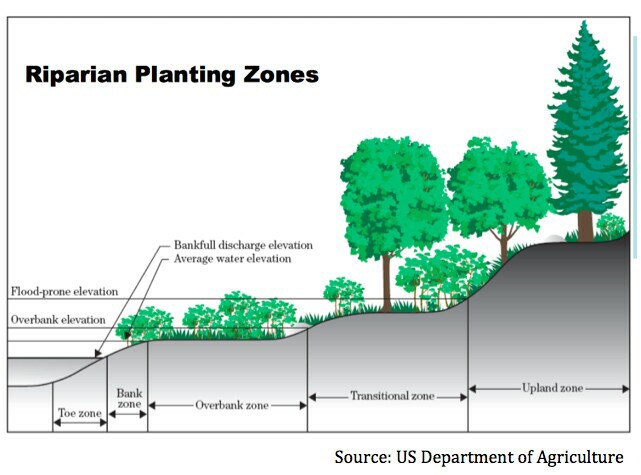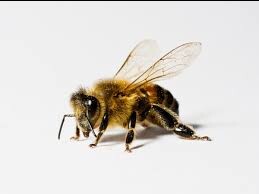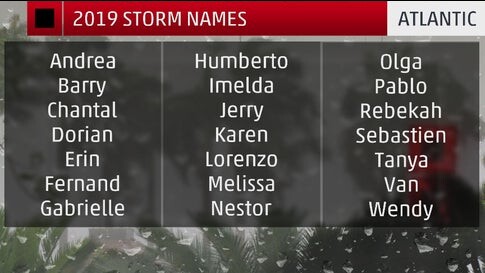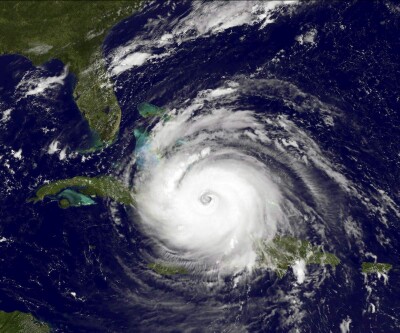So, What's a Wetland Buffer, Anyway?

Many people are familiar with wetlands; wetland buffers are sometimes less known, but also important.
Wetland buffers are naturally-vegetated areas next to wetlands that are necessary for healthy wetlands.
They also improve water quality, reduce flooding and erosion, trap sediments and pollutants, and
provide habitat and food for birds, amphibians, and other wildlife.
Wetland buffers can range from 20 feet wide to over 100 feet depending on the soils, slope, and local
ordinances. A wetland buffer is a simple land management practice that is used to protect property and
conserve natural resources. Buffers are the least expensive way for towns to protect homes
and roads from flood damage, manage floodwaters, and protect water quality.
In Tilton, a wetland buffer "...shall consist of twenty feet of ungraded and undisturbed land with no
structures. The buffer shall consist of natural vegetation, excluding invasive species as defined by
NH DES. No structure shall be located within twenty feet of wetlands."
How to Help Honey Bees
From April 2018 through
April 2019, the managed bee population decreased 40.7%,
which has been the norm since 2006.
Colony collapse
disorder appears to be connected to the varroa mite,
which invades hives and spreads diseases.
The bee
population is also decreasing because of loss of habitat
and poor management practices. Hives are also affected
by pesticide use and other diseases. While the bee
population is not facing extinction, it will likely
result in higher costs
for farmers, beekeepers, and
consumers. So, what can we do to help? One way is
to plant flowers for each season.

Purple coneflowers, New England asters, and globe
thistle
Sunflowers, bee Balm, and Black-eyed Susans
Cosmos and Bachelor Buttons, Calendula
Lavender, rosemary, chives, and sage
Lilacs and rhododendrons
Go easy on the use of
chemicals, maintain healthy soil, and provide a spot of
water for pollinators.
A bird bath or a small
container of water will work.
Named
Hurricanes for 2019

Hurricane Preparedness
1.
Follow news and weather updates so as to hear emergency
information.
2. Keep your car in good condition with
a full tank of gas in case you need to evacuate.
3.
Have a plan of where to go, if needed, and how to
communicate with family members.
4. Be sure that you
have food and water for three days, medications,
flashlights,
batteries, cash, pet supplies,
and first aid supplies.
5. Be sure your cell phone
and tablets are charged.
